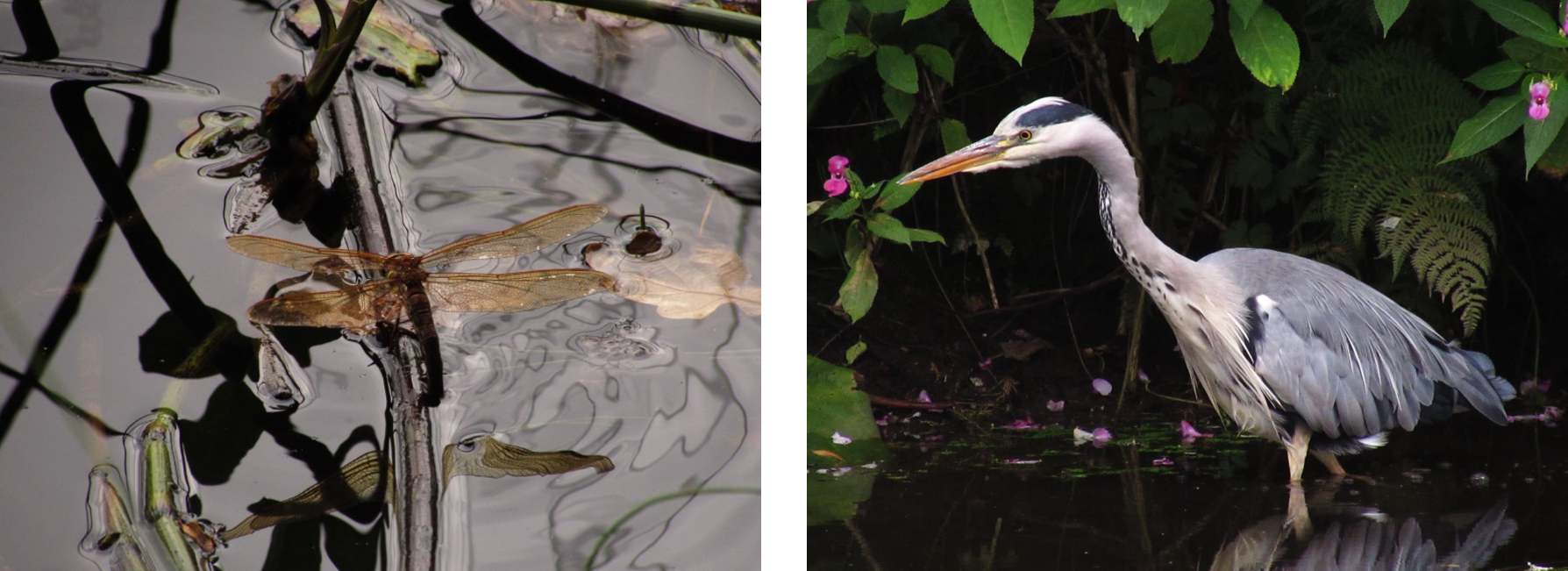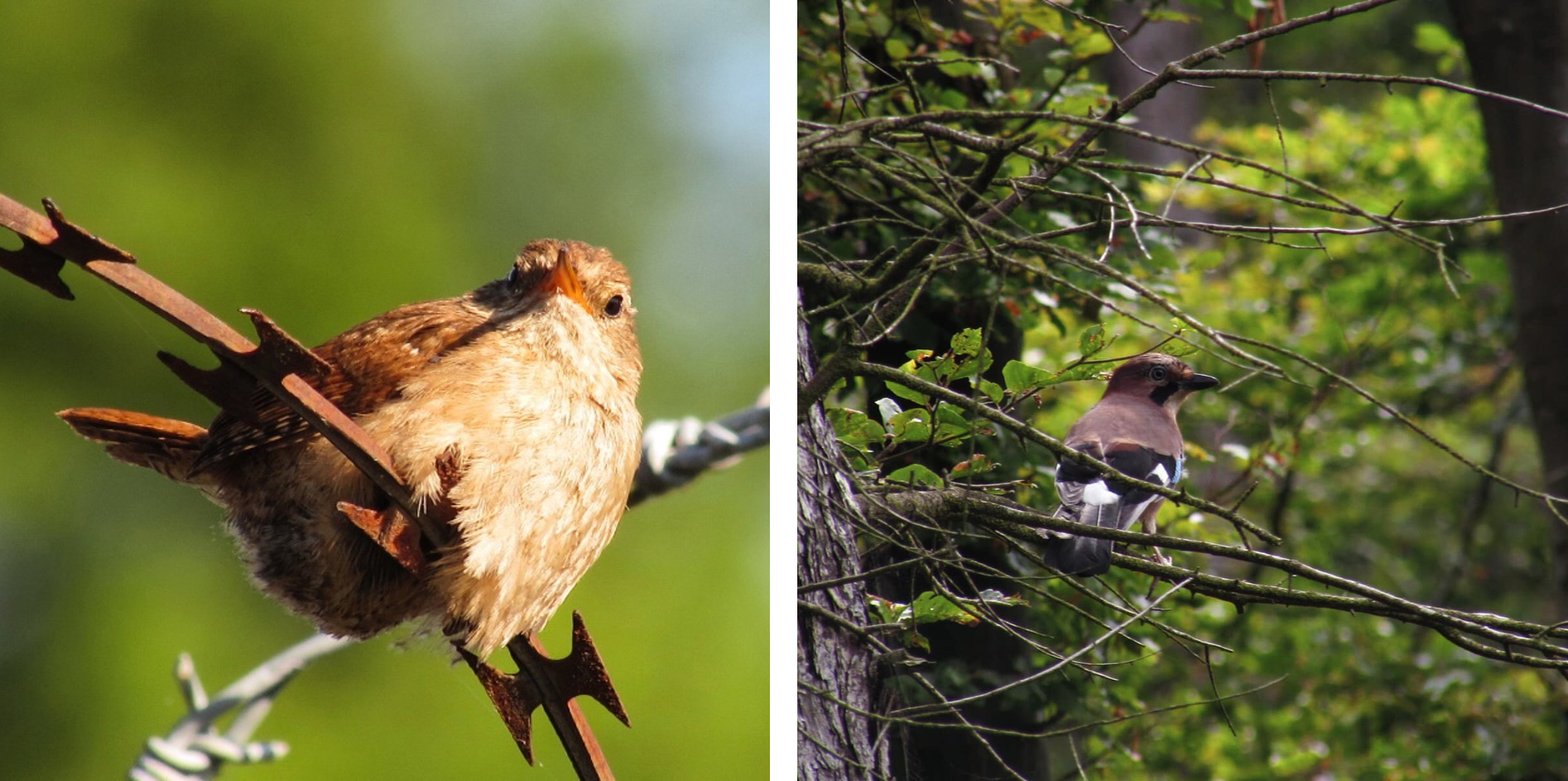Hello, my name is Cat and my PhD is titled ‘Global profiles of species declines and success in the era of climate change’. This will focus on assessing the extinction risk of amphibians (frogs, salamanders, and caecilians) worldwide, based population trends and species-specific traits. Using global spatial modelling and comparative phylogenetics I will establish the profile of trait-combinations that species undergoing risk of extinction share. Ultimately, these profiles will be used to assess/reassess amphibians globally, to direct conservation strategies to species and geographical areas which have the greatest risk of extinctions.

I am incredibly excited to have been given this PhD opportunity. During my undergraduate degree I spent a summer volunteering in South Africa for Operation Wallacea, working on the sustainability of large herbivores on fynbos vegetation. This incredible experience solidified my love and drive for a future career in the field of conservation. My interest in amphibians stemmed from my undergraduate thesis in which I assessed the evolutionary patterns of frog communication. My drive for an academically focussed future and a PhD then occurred during my Masters, specifically my thesis, in which I carried out meta-analyses on the effects of urbanisation on bird populations. During this work I truly noticed my love for working with big datasets and having a project which I could call my own. The experience I have gained so far working within the comparative phylogenetic, meta-analysis and big data fields has been incredible. This PhD provides me with the opportunity to not only progress these skills, but to also have the clear goal of amphibian conservation.
My love for all things nature and wildlife has always been apparent, as any of my friends will say I never shut up with fun frog and bird facts. In my spare time I like wildlife photography.























































